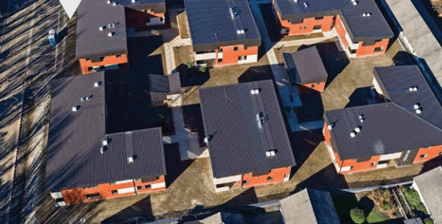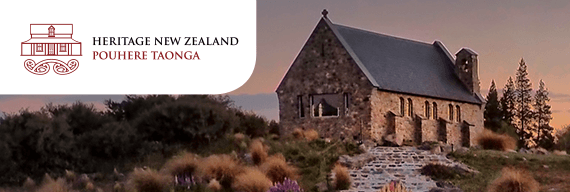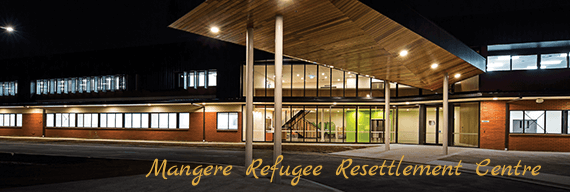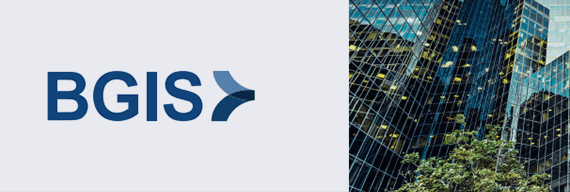Value of BIM Beyond Construction
Download the full case study here.
Background
The Mangere Refugee Resettlement Centre (MRRC) in South Auckland is the gateway for 750 refugees and asylum seekers entering New Zealand each year. The original 1940s weatherboard facility no longer met the needs of Immigration NZ and international refugee organisations. The New Zealand Ministry of Business Innovation and Employment (MBIE), on behalf of Immigration NZ, issued a tender that sought proposals for the design and construction of a new purpose-built facility.
The goal
A modern, fit-for-purpose facility was to be designed and constructed using a whole-of-life approach; balancing capital cost and asset quality with lifecycle performance and the total cost of ownership. MBIE sought to adopt a Building Information Modelling (BIM) process for the selection of materials, designs, and construction partners, and to ensure the production and delivery of key building information to support lifecycle operations and planning for the next 30 years.
The problem
In the construction industry, facility owners and managers often find themselves with facilities that cost significantly more to operate than expected. Business cases are developed using broad assumptions and industry rules that don’t fully consider the lifecycle consequences of maintenance, cleaning, operating, modification, and renewal.
In response to this problem, MBIE specified a whole-of-life approach that required tenderers to demonstrate an understanding of the underlying principle and an ability to deliver the requirements. Tenderers had to provide an initial high-level asset register and maintenance schedule with their preliminary designs.
Our solution
MBIE engaged SPM to develop the broad asset management lifecycle requirements for the tender specification and to produce the associated tender support tools, references, and templates so consistent responses could be developed. SPM Assets provided guidance and advice to tenderers and MBIE throughout the process, and produced lifecycle forecasts for the preliminary designs to determine the likely whole-of-life costs.
SPM Assets worked collaboratively with MBIE, and provided a comprehensive asset database for the creation of information models for each design. These models let MBIE understand the likely through-life capital and operating costs of each design, and to explore design and construction options. MBIE also used the information to develop initial operating budgets for the new facility.
The benefits
Value beyond design
The information models created during the tender process provided MBIE and Immigration NZ with a range of benefits:
Selection of cost-effective materials: The initial analysis revealed that paint finish, vinyl, and asphalt were amongst the greatest drivers of lifecycle expenditure – in terms of both maintenance and renewal. This information allowed MBIE to explore alternative approaches and solutions early on.
Planning for wear and tear: MBIE could make conscious decisions about building materials to minimise wear and tear as much as possible. For example, rubbing strips were used in high-load areas to protect paint.
Detailed asset register and maintenance register from the outset: The selected contractor provided progressive updates and refinements to the asset register and maintenance schedule. Each update provided further and more granular detail, including specific manufacturer and model information. The result was an accurate operational asset and maintenance register when Immigration New Zealand took possession of the facilities.
Long-term budgets could be set: Through the analysis and reporting, MBIE had the ability to monitor the progressive development of the asset register and to update operating budgets. MBIE also understood the building components and design features that would drive capital and operating costs through the life of the facility.
Scenario planning for shifting goalposts: During construction, the Government asked MBIE to explore the opportunities and options to increase the capacity of the site. With support from SPM Assets, MBIE created a series of scenario models to represent each option and were able to provide a detailed response to the Government.
Detailed tender information could be communicated: MBIE had identified the need for a comprehensive management solution that included asset management and facility management. The asset and maintenance information gave tenderers the opportunity to understand the specific nature of the site and facilities and its maintenance requirements.




